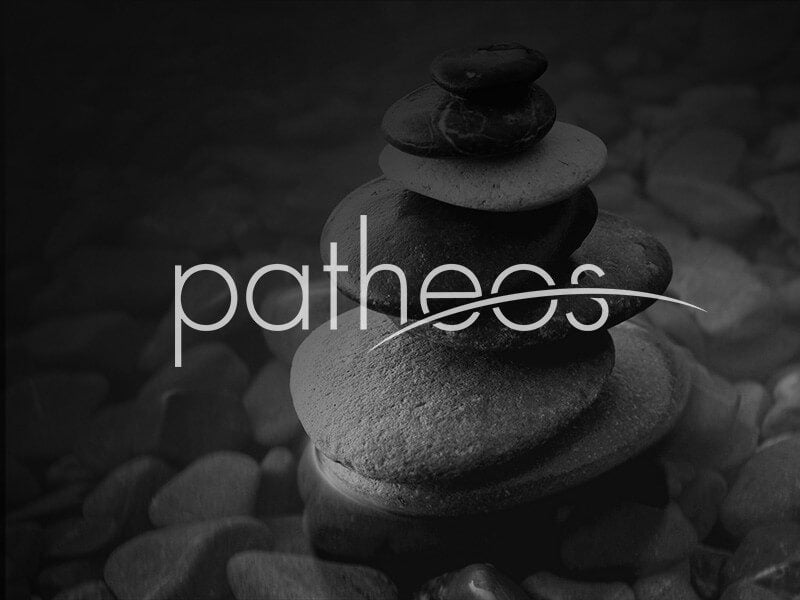In another classic example of moving the goal post after the touchdown has been made, Jenkins writes (here at bottom)
Oh, and on one other point. I complained about your statement that, “Neal Rappleye has posted a bibliography of non-LDS academic publications dealing favorably with ancient Book of Mormon studies.” You reply: “None of these “publications” (i.e. journals or publishers) are LDS. Some of the authors are LDS.” Oh my, what a total night and day difference!
So in other words, we have a list of 24 publications, of which twelve are by Givens, Sorenson, Hardy, Tvedtnes, Bushman and Nibley, and you think it is legitimate to describe that as a list of “non-LDS academic publications” (I have no idea how many of the other writers are also LDS). And you think any reader is going to pick up that piece of casuistry?
Are you kidding?
Philip, your original demand was:
There are, as you say, terrific Mormon Mesoamericanists – world class people. Why don’t they [= Mormon scholars] publish in mainstream outlets on Book of Mormon themes?
And by credible [publication], I mean drawn from a reputable scholarly study, an academic book or refereed journal, not some cranky piece of pseudo-science.
Now Neal has presented you with a list of articles and books supporting historicity of the BOM published by non-LDS mainstream academic publishers and journals. Oxford University Press isn’t good enough for you? Really?
You first demanded that Mormon scholars publish pro-BOM books and articles in non-Mormon mainstream academic presses and journals. We showed you that they do. Now you say what you really wanted was non-Mormons publishing pro-BOM articles (which would, of course, make them Mormons in a very real sense). Quit changing the rules please. Philip, this is getting really noisome.
To quote your own words: “And you think any reader is going to pick up that piece of casuistry? Are you kidding?”
It is has become quite clear to me (and no doubt our readers) that nothing I present as evidence in favor of the Book of Mormon will ever be accepted by you. You see, it’s all random chance! I’m sorry, the argument from coincidence is NOT a serious argument. I’m not asking you to accept the historicity of the BOM. I’m not calling this evidence proof. I’m asking you simply to admit that there is, in fact evidence in favor of the historicity of the BOM. Not proof. Not decisive evidence. Just evidence. Evidence that a reasonable and informed person would examine and say, yes, “Even though I reject this evidence, I can see why another reasonable and informed person might think that in it evidence supporting the historicity of the BOM.”
Note what you’ve been consistently doing.
1- I asked if a BOM king name appeared in Maya texts would you accept it as “objective evidence.” You said you would. I provided the evidence. You immediately changed the rules and demanded a different type king name. The fact that the name, date, and royal function of Akish in the BOM matches the name, date and function of U-Kix in the Maya tradition means nothing–mere coincidence. (Do you, to be consistent, reject the historicity of Abraham, since he is first mentioned in surviving texts in the Bible a good thousand years after he lived, and there is no contemporary evidence of his existence? Do you think your colleagues at Baylor are cranky pseudo-scholars if they accept the historicity of Abraham?)
2- Then I provided inscriptional evidence of a major cataclysmic dynasty-shattering war around 378 AD. Your response: well, there are lots of wars all the time. There’s no connection. Really? The date, location, and described result of the 378 Entrada matches the date, location and result or the final wars described in the BOM. And your only response is: coincidence. It’s all coincidence, nothing be coincidence. (Actually, I believe the Entrada is the first dated war mentioned in Maya records. Interestingly, it overlaps with the last dated war in the Book of Mormon.) The argument I presented is not that the Maya fought wars and the Nephites fought wars. The argument is about a very specific war at a specific time and place, with specific results.
3- I showed that there is a cluster of 4th century AD BOM names which are not only homophonous with the dozen or so 4th century AD Maya names we have, but some of which actually make sense in Maya. Your response is that it is just coincidence.
4- we provided Nahom. The date, time and location of the BOM Nahom precisely match the date, time and location of the Old South Arabian NHM inscriptions. Your response: It’s a coincidence. No, it is not. If we had several hundred or a thousand BOM names, and several hundred or a thousand Maya names we would expect some random coincidental homophony. We don’t. We only have about a dozen of each, taking only those form the 4th century AD.
For Jenkins, all evidence in favor of the BOM is coincidental. The reason: Since he knows that the BOM is non-historical, any evidence for the historicity of the BOM must be coincidence. A finer example fallacious a priori reasoning would be hard to find.
Random coincidence is not a legitimate counter-explanation. It is an excuse to not do your homework. Your responses are not scholarship. They are mere sophistry. You don’t get to decide what is or is not evidence. You can reject the evidence for the BOM based on your personal prejudiced, biased, and uninformed opinion. But that is only your opinion. You are not the arbiter of what is or is not evidence. You are only the arbiter of what you think about the evidence.
It has become quite clear that any and all evidence I might present will be immediately declared by you to be mere coincidence.
Note, too, that, as I stated to begin with when you were constantly badgering me with the “Rule of One,” that the real issue is the interpretation of the meaning of the evidence for the BOM, not whether such evidence exists. I was obviously correct.











